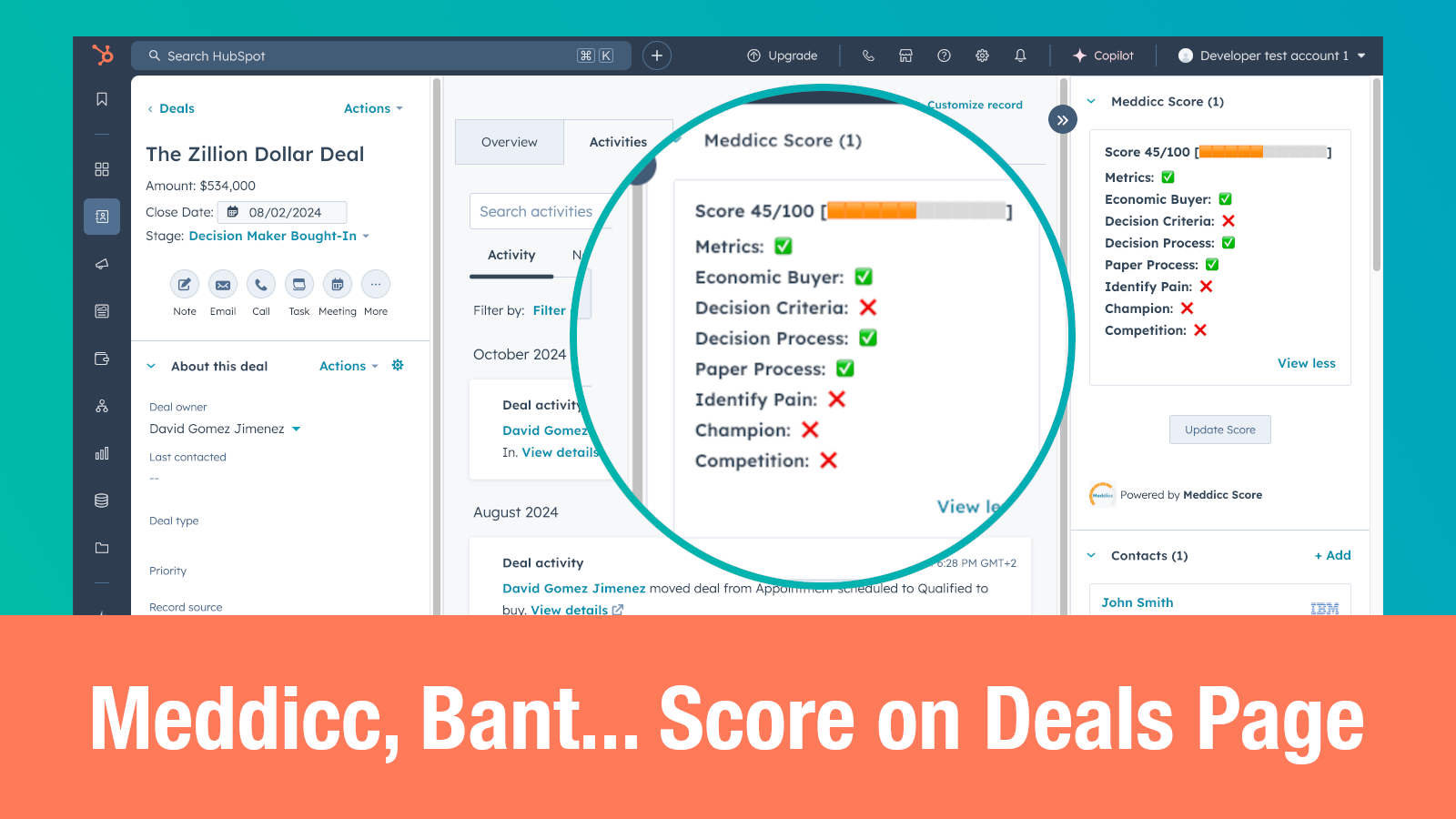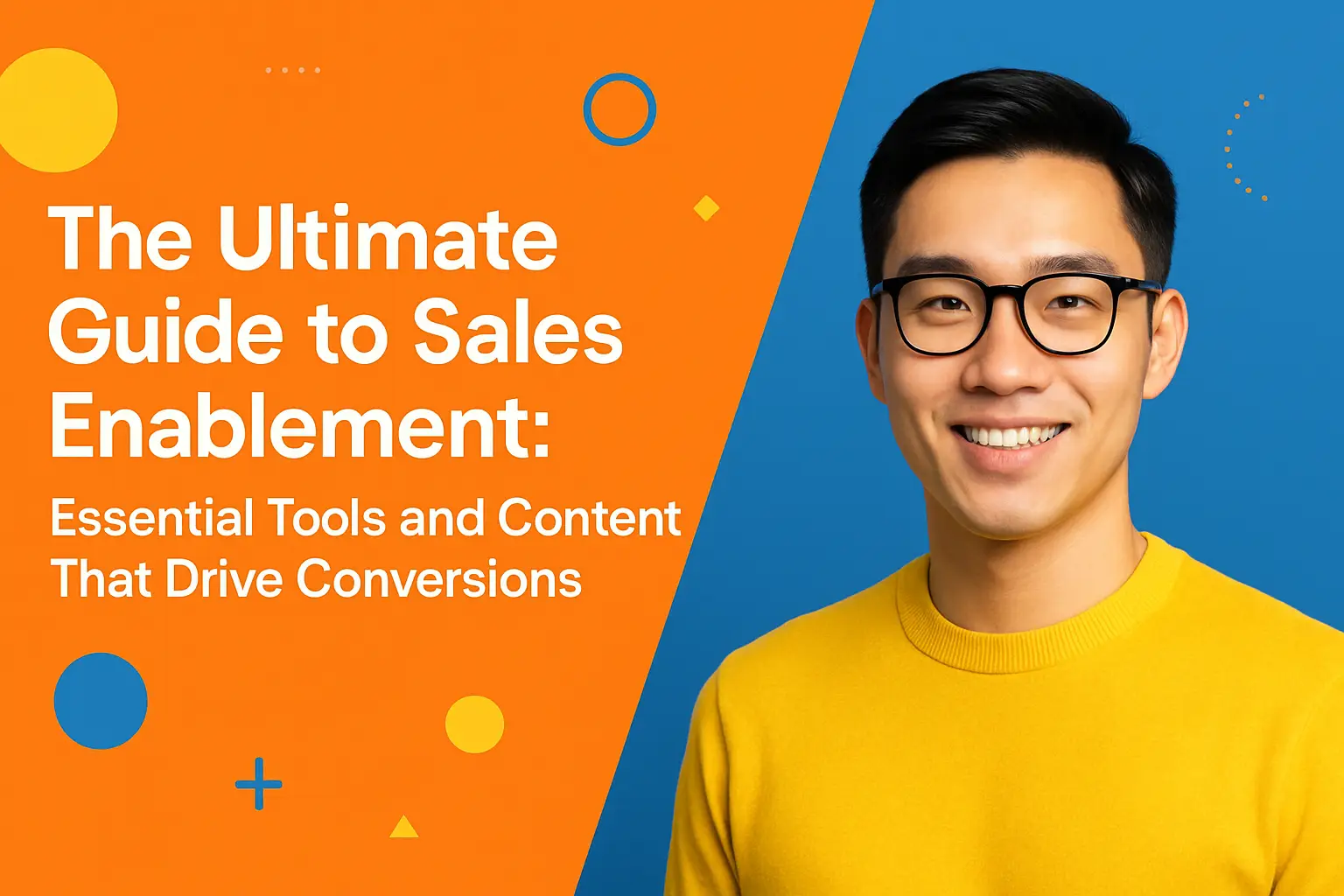Mastering Sales Qualification: Frameworks to Convert Prospects Into Customers
Every great sales journey starts with a conversation—but not every conversation leads to conversion. That’s where a robust sales qualification framework comes in. For businesses looking to scale, qualifying prospects efficiently is the difference between high-performing sales teams and those overwhelmed by dead-end leads.
In this guide, you’ll learn how to build a winning sales qualification framework, from smart prospecting to sealing the deal, using proven methodologies that actually close sales.
Why Sales Qualification Matters
Sales qualification isn’t just about deciding who’s worth your time; it’s about optimizing every step of your sales process. By implementing the right frameworks, you’ll:
- Improve conversion rates
- Shorten sales cycles
- Increase customer satisfaction
- Boost your team’s productivity
Let’s break down what it takes to move a prospect to a loyal customer.
What Is Sales Qualification?
Sales qualification is the process of determining if a prospect fits your ideal customer profile, has a need for your solution, the budget to pay for it, and the authority to make purchasing decisions. It’s step two in the sales funnel—right after prospecting, and just before presenting your value proposition.
The Best Sales Qualification Frameworks
Frameworks are the backbone of any sales qualification process. Here are some of the most effective ones used by top sales teams:
1. BANT (Budget, Authority, Need, Timeline)
BANT is a classic framework that quickly assesses a prospect’s likelihood to buy:
- Budget – Do they have resources to invest?
- Authority – Are you speaking to a decision-maker?
- Need – Does your solution match their pain point?
- Timeline – How urgent is their need?
2. CHAMP (Challenges, Authority, Money, Prioritization)
CHAMP encourages reps to identify a prospect’s challenges first, focusing on where your solution can help most.
3. MEDDIC (Metrics, Economic Buyer, Decision Criteria, Decision Process, Identify Pain, Champion)
Ideal for complex sales cycles, MEDDIC dives deep into what makes a prospect tick and how decisions are made.
Step-By-Step Prospecting to Qualification Framework
1. Smart Prospecting
- Define your ideal customer profile using data and buyer personas.
- Use tools like LinkedIn Sales Navigator or CRM filters to build targeted lists.
- Leverage content marketing and outbound campaigns to fill your pipeline.
2. Initial Research
- Gather key company and contact information.
- Map organizational structure and spot potential buying signals.
3. First Contact and Discovery
- Personalize your outreach with insights from your research.
- Ask open-ended questions to uncover pain points and goals.
4. Qualification
- Apply your chosen framework (e.g., BANT, CHAMP) during discovery calls.
- Score and prioritize your leads based on how well they fit qualification criteria.
5. Next Steps and Follow-Up
- For qualified leads, schedule product demos or deeper consultations.
- For unqualified leads, nurture over time or disqualify to free up your pipeline.
Tips for Building Your Own Sales Qualification Framework
- Customize your criteria: Every business is unique. Tailor frameworks to your industry, sales cycle, and customer base.
- Invest in training: Align your team with regular workshops and framework refreshers.
- Integrate with CRM: Automate data collection and scoring for more accurate qualification.
- Review and refine: Use regular sales meeting debriefs to spot gaps and optimize your process.
Conclusion
A solid sales qualification framework turns guesswork into strategy. By systematically moving prospects through a proven process, your team will close more deals, faster—and your customers will thank you for a more focused, valuable engagement.
Ready to supercharge your prospecting? Start building your sales qualification frameworks today and watch your win rates soar!




